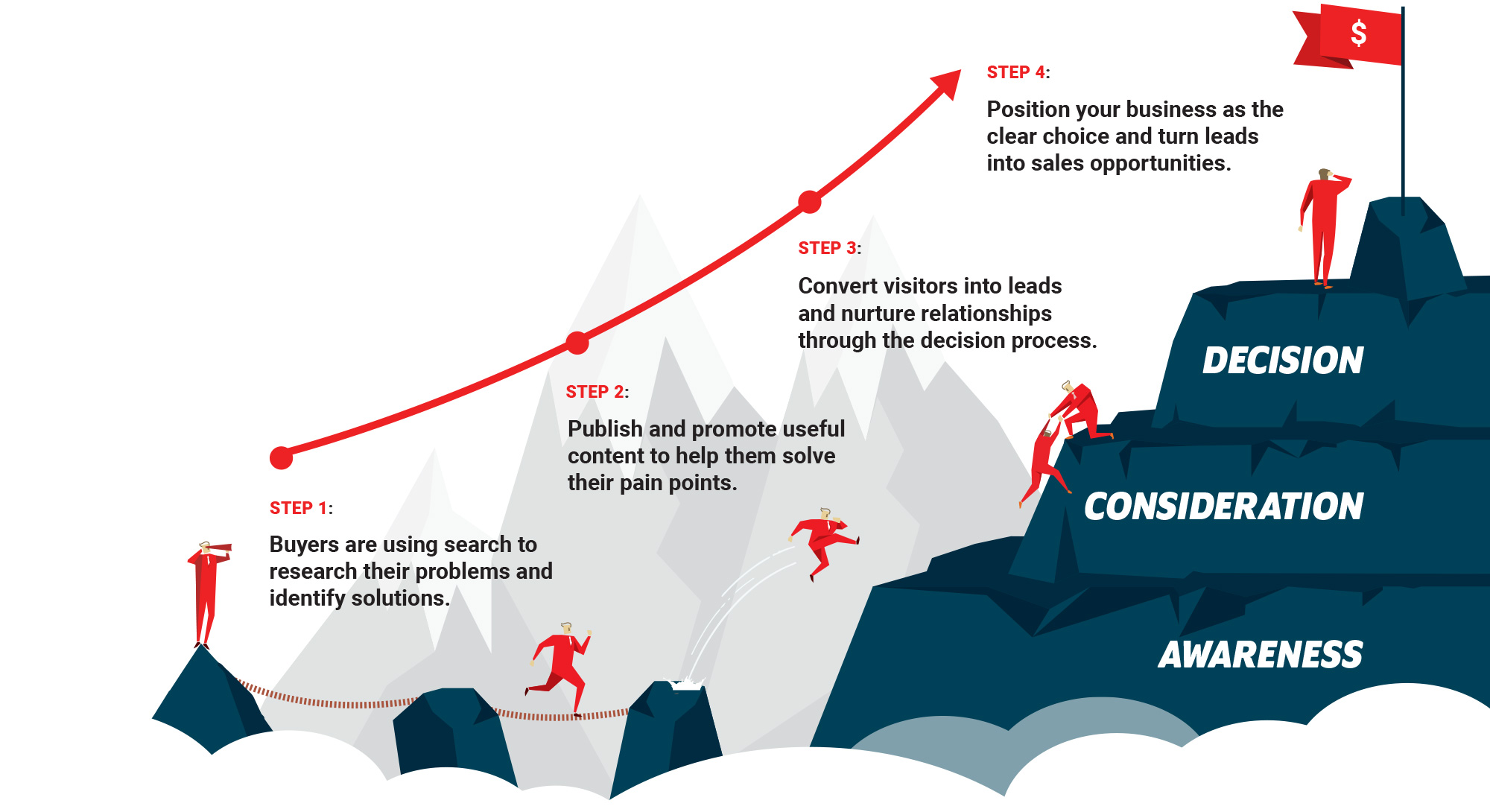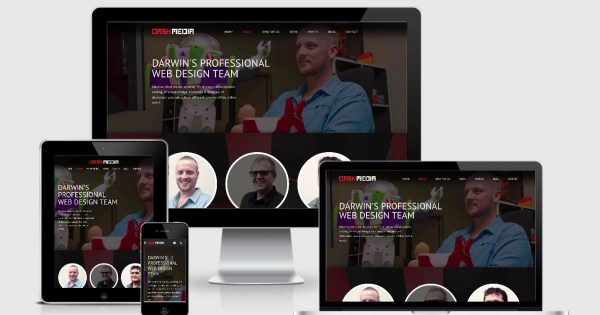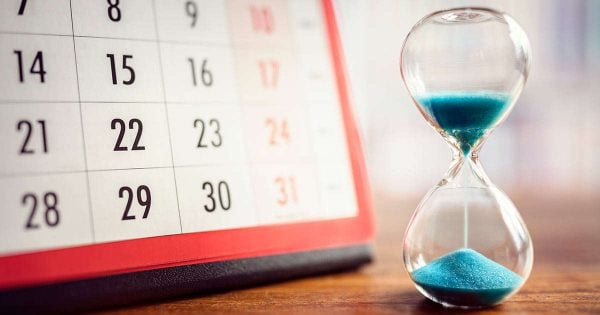No matter what type of product or service they are searching for, customers typically follow a similar pattern in their purchasing decision, called the buyer’s journey. Small businesses need to understand the stages of the buyer’s journey so that they can provide the right information to prospective customers at the right time. When you understand your buyers, their pain points and process, you can adapt your marketing to engage them much earlier than your competition and increase your chances of making a sale.
Most buyer journey’s (across industries and customers) can be thought of in three stages:
- Awareness
- Consideration
- Decision
Let’s break these down.
Buyer’s Journey Infographic
Most of us are visual learners, so here’s a handy infographic that shows how customers move through the buyer’s journey and what your small business marketing should focus on achieving at each stage.

Want a high resolution version? Download the Buyer’s Journey Infographic
As we can see in the infographic above, if small businesses can develop a solid understanding of the process their buyers will go through they can begin to align their digital marketing strategy and tactics to engage buyers every step of the way, providing value, converting and nurturing leads and – ultimately – closing sales.
Awareness Stage of the Buyer’s Journey
The awareness phase is the first stage of the buyer’s journey. At this point, the buyer has realised that they have a problem in their life, but don’t yet know what the cause is or how to solve the problem. Today, most people turn to the internet to search for information related to the issue they are experiencing to help them identify what their next steps should be.
In this phase, people are looking for broad, general information and aren’t yet ready to make a purchase. Small business’s should take care not to engage in hard-selling tactics at this point, as that is likely to turn off prospective customers. Blog posts and website content should focus on common problems customers have and how the brand’s products or services can remedy those issues.
Aim to be as useful as possible, and help the buyer identify and understand their problem. This builds trust in your brand straight away, and positions your business as an authoritative source of information – which will influence a buyer’s decision when they’re ready to purchase.
Consideration Stage of the Buyer’s Journey
Once the buyer has identified their problem and a few possible causes, they’ll begin looking for solutions. How can they solve their problem? In the consideration phase, buyer’s begin to narrow down their search to specific products or services to help them address their issue. In Consideration, buyers are seeking more detailed information and comparing and contrasting the various options available to them.
Help them do it!
Tip: Think about your own experiences. If you’re researching a product or service – you don’t really care about the vendor just yet. Experiencing back pain? You’re going to decide whether to use a chiropractor or a physiotherapist BEFORE you decide which chiropractor or physio to visit. Need a new TV? You’re going to decide which TV you want BEFORE you decide who to buy the TV from.
At this point, buyers are ready for more in-depth information but still aren’t ready to buy just yet. In this phase, focus your small business marketing efforts on highlighting the key benefits of your products and services. Use your website content (particularly service and product pages) to align the features, benefits, and points of difference of your solutions with the pain points of your customers.
Aside from your core service/product pages, think about using:
- video demonstrations
- social proof and testimonials (about why your solution is fantastic)
- comparison charts
- case studies
to showcase your solution, that other customers (just like your target buyer) have loved it, and how it compares to other options they might be considering.
Decision Stage of the Buyer’s Journey
The final stage in the buyer’s journey. They buyer knows what solution (product or service) they want to use, and now they’re deciding who they’re going to buy from. They’ve compared solutions, now buyers are actively comparing vendors (businesses).
Focus your small business marketing on:
- why you’re an amazing business
- how you support customers before, during, and after purchase
- how current customers have had great experiences working with you (social proof, testimonials)
- offers that encourage buyers to make a decision
Remember, throughout the buyer’s journey your content needs to align with the goals of your potential customers. When you outline “why your business is amazing”, remember to tie it back to how that helps the buyer. It’s the difference between saying, “we’re locally owned and operated” and “because we’re a truely local business, our customers can rely on personalised, reliable, and responsive service”. See what I mean?
Buyer’s don’t care that you’ve been in business for 20 years. They DO CARE that because you’re a sustainable business you’ll be there to support them in the future.
Use the Buyer’s Journey to Avoid Common Marketing Mistakes
Many small businesses make the mistake of only targeting customers in the decision stage, but this is setting you up to lose a lot of potential customers. By that point, many customers have already identified a few top brands that they might purchase from, so your efforts will likely be too little, too late. Or worse, you’ll end up competing on price because buyer’s have no existing relationship with you or basis for comparison.
Tip: People buy from those they know, like and trust. If your business has been helpful from the moment they entered the market (way back in Awareness) the chances that they’ll buy from you skyrocket. If you’re only appearing when they reach Decision, you’ll be trying to close that sale with no relationship or trust built. And, you’ll likely be competing solely on price.
Instead, you should start targeting customers at the very beginning of the buyer’s journey – and establish pathways through your digital marketing to lead a buyer through their entire journey. This will give you more opportunities to establish your brand as an authority in your industry. You’ll also be able to build a stronger relationship with potential customers, making them more likely to buy from you.
Your digital content (blog posts, services pages, about page, social media, email marketing) should target buyer’s at each stage of their journey. Think about it, if you’re a physiotherapist, would you rather a buyer first encounter your business when they Google “common causes of back pain” or wait until they’re searching “physiotherapists Darwin”?
Conclusion
When customers are aware of your brand right from the beginning of their buyer’s journey, you’ll be at the top of their minds when they are ready to purchase. That is why it is so important to target prospective customers throughout the buyer’s journey. Focus on providing content that is rich in information to provide the most value to your customers and maximise your chances of winning their business.



